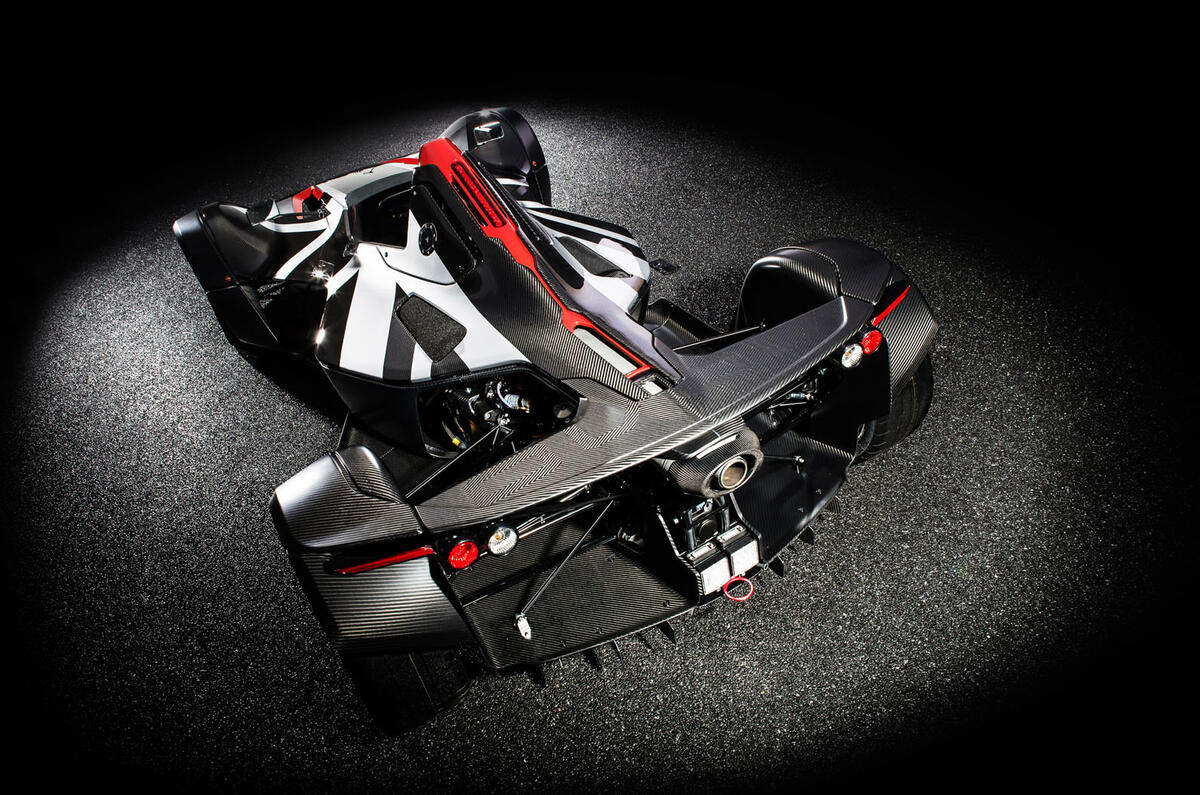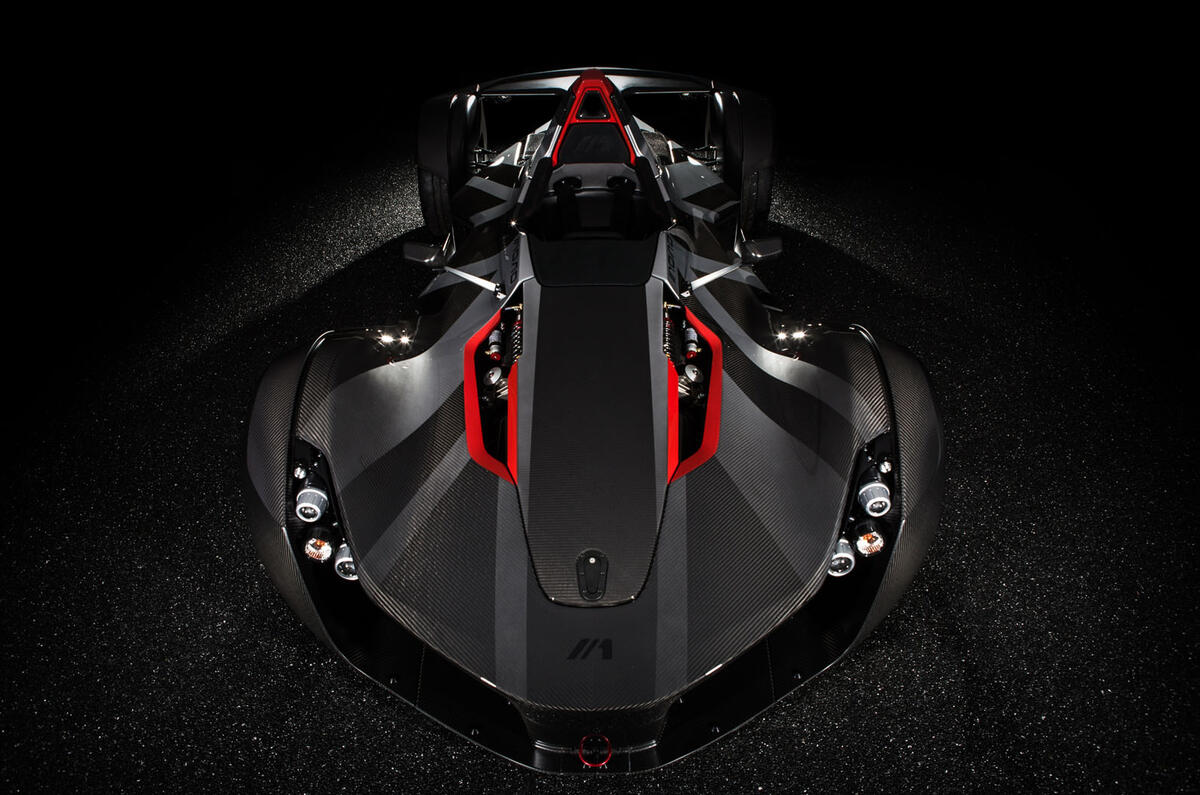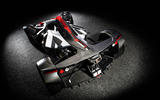The BAC Mono has claimed a world first by making use of a revolutionary new substance called graphene.
The model's British maker has trialled the new lightweight material in the rear arches of its single seater Mono supercar and says it has the potential to offer serious performance and cost benefits for customers.
Graphene is made from sheets of carbon just one atom thick. It’s lighter and stronger than carbonfibre, which BAC says could mean weight reductions of 20% – a figure that could have significant impacts on performance, fuel economy and cost. Composite material made using graphene can contain fewer fibres than regular carbon fibre without losing strength.
BAC has worked with Haydale Composite Solutions on the trial, which used graphene-enhanced carbonfibre, and decided to focus on the rear arches because of their size and complexity, which allowed the material and manufacturing process to be thoroughly tested. The test car, with the graphene arches fitted, was showcased at the Science in the City festival in Manchester.
The car is still undergoing tests by BAC, but the company is seriously considering the introduction of graphene parts as an option for customers in the future.
Neil Briggs, BAC’s co-founder and development director, said: “Making significant weight savings and improving body strength will allow us to offer improved performance to our customers.”
Ebby Shahidi, Haydale Composite Solutions’ director of aerospace and defence said: “These initial materials have shown some major increases in impact and thermal performance coupled with improved surface finish, and it’s pleasing to see these attributes being demonstrated on such a high-performance vehicle as the Mono.
“We look forward to collaborating further with BAC and delivering even higher-performance materials and components to increase the performance of this exciting vehicle.”
Graphene was first discovered in 2004 and developed at the University of Manchester. Scientists have hailed it as revolutionary, with potential in a wide range of fields.
Phill Tromans
















Join the debate
Add your comment
Tyres
Finally